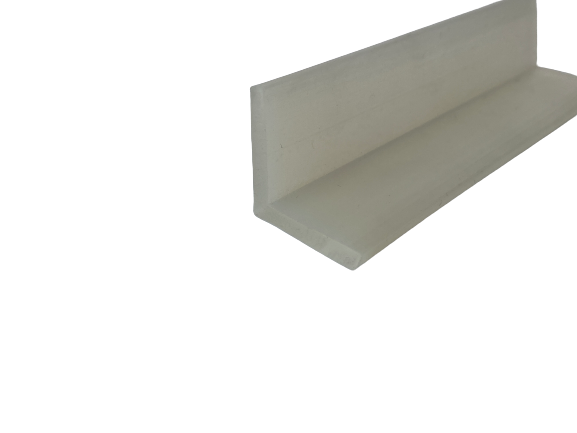Oct . 17, 2024 10:24 Back to list
Applying Weather Stripping to Door Bottoms for Improved Insulation and Energy Efficiency
Weather Stripping for the Bottom of a Door Enhancing Comfort and Energy Efficiency
In today's world, the importance of energy efficiency and comfort in our living spaces cannot be overstated. One often overlooked yet critical component in achieving both of these objectives is weather stripping, particularly at the bottom of doors. Weather stripping plays a vital role in insulating homes and preventing heat loss during colder months. In this article, we will explore the significance of weather stripping, the types available for door bottoms, how to install them, and the benefits they offer.
Understanding Weather Stripping
Weather stripping is a material used to seal openings such as doors and windows. Its primary function is to prevent air leaks, stop drafts, and block moisture from entering a home. By sealing these gaps, weather stripping improves the overall energy efficiency of a building, which is essential for maintaining a comfortable indoor environment and reducing energy costs.
Types of Weather Stripping for Doors
When it comes to the bottom of doors, there are several types of weather stripping available
1. Door Sweeps These are long strips of material that attach to the bottom of a door, extending down to the floor. They usually consist of a rigid base with either rubber or bristle fibers that create a seal against the floor surface. Door sweeps are particularly effective in blocking drafts and preventing pests.
2. Thresholds A threshold is a barrier that lies beneath the door, serving both aesthetic and functional purposes. It effectively seals the gap between the door and the floor. Many thresholds have built-in weather stripping to enhance their sealing capabilities.
3. Vinyl or Rubber Seals These are flexible strips that can be attached to the bottom of the door frame or the door itself. They compress when the door shuts, forming a tight seal that prevents air from escaping or entering.
4. Foam Tape This self-adhesive foam tape can be applied to the bottom of the door, filling gaps and preventing drafts. It is a quick and easy solution for minor gaps but may not be as durable as other options.
The Installation Process
Installing weather stripping at the bottom of a door is a straightforward process that can usually be completed in less than an hour. Here’s a step-by-step guide
1. Measure the Door Begin by measuring the width of the door and the height of the gap at the bottom. This measurement will help you select the right size of weather stripping.
weather stripping for the bottom of a door

3. Prepare the Door Clean the surface at the bottom of the door thoroughly. Remove any old weather stripping or debris to ensure a solid adhesion.
4. Cut to Size If necessary, cut your weather stripping to the correct length. Most products come with marked lines for easy cutting.
5. Apply the Weather Stripping For adhesive types, carefully peel off the backing and press it firmly into place. For mechanical types like door sweeps, follow the manufacturer's instructions for the attachment process.
6. Test the Seal Close the door to ensure that the weather stripping creates a tight seal. Adjust as necessary to achieve a snug fit.
Benefits of Weather Stripping
The advantages of installing weather stripping on the bottom of doors are numerous
1. Energy Efficiency By minimizing air leaks, weather stripping helps maintain your home’s temperature, which can lead to significant savings on energy bills.
2. Enhanced Comfort Homeowners can enjoy a more consistent indoor climate without drafts and cold spots.
3. Noise Reduction Effective sealing also helps reduce outside noise, making for a quieter home environment.
4. Pest Control Weather stripping can deter unwanted pests and insects from entering your living space.
5. Moisture Prevention It helps prevent water intrusion during rainy weather, protecting your home’s interior from potential damage.
In conclusion, weather stripping for the bottom of a door is a simple yet invaluable solution to take control of your home’s energy efficiency and comfort. Whether you’re facing cold drafts, rising energy costs, or unwanted pests, the right weather stripping can make a significant difference. Investing time in this small home improvement project can yield long-term benefits, contributing to a more sustainable and enjoyable living environment.




